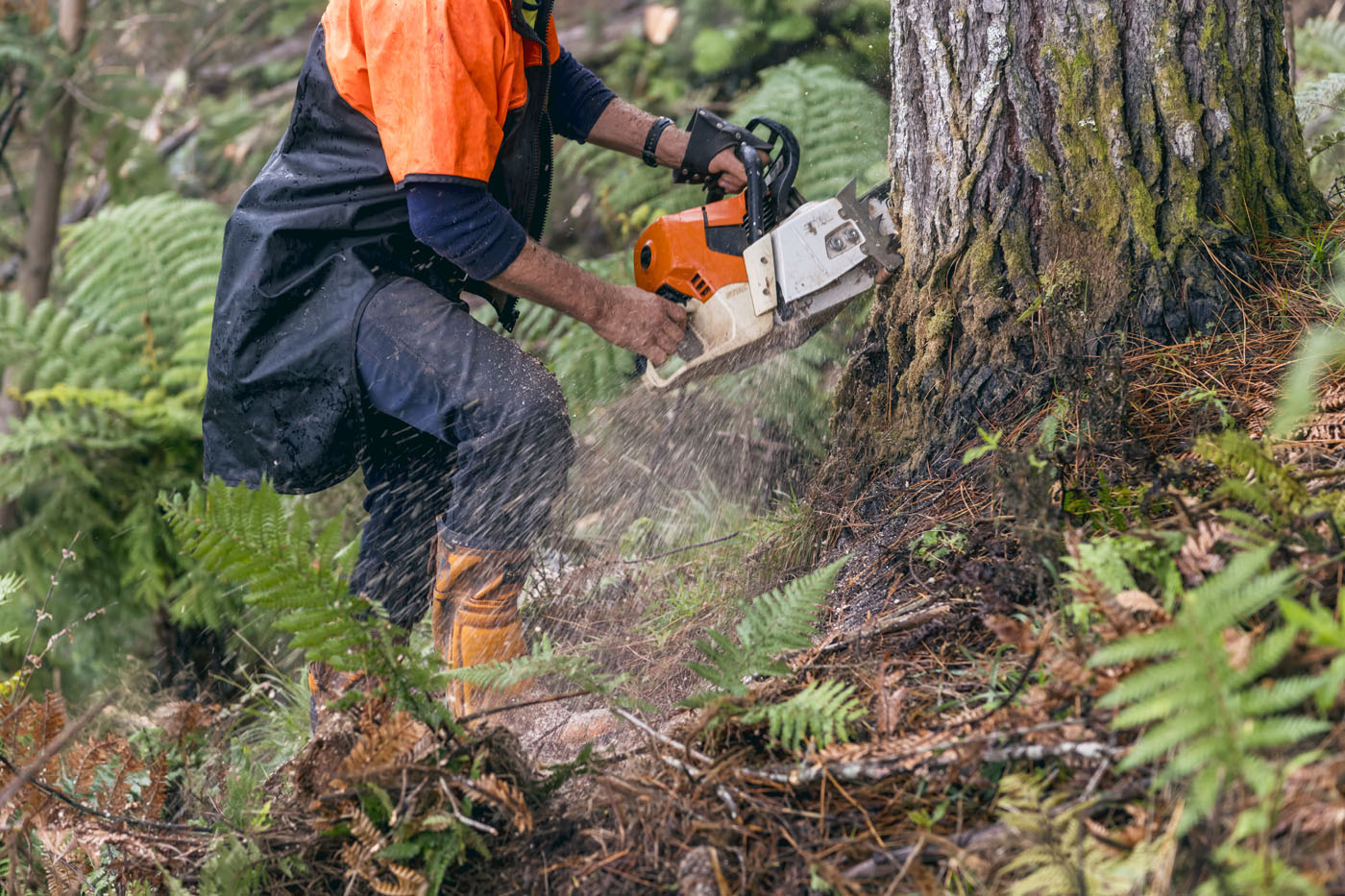
June 2023 Market Update
Marcus Musson, Forest360 Director
Opinion Piece
Global economics is a very interesting topic at present and for those industries heavily invested in export-based commodity trades, there’s more negative sentiment than an Auckland Transport smoko after a visit from the mayor. Many commodity-based industries, such as Forestry, rely on strong construction stats, both domestically and in countries we export to, so that we can return the primary producers a return that is higher than the costs of production. Once supply exceeds demand it becomes increasingly harder to ensure that returns are acceptable. Forests are a great primary asset; as unlike crops, animals, or milk, if the market isn’t at a point that can provide a return acceptable to the owner, a forest can be left in the ground and continue to grow in volume and value.
While larger forest owners will continue to harvest through all market fluctuations and rely on managing the harvest levels to improve the average return, small owners generally have a small harvest window, so favorable market conditions are pivotal to providing and acceptable return. The afforestation boom of the 1990’s in response to tax deductibility of forest costs and a ridiculously high export price spike in 1993 resulted in an afforestation rate of around 65,000ha per year until the late 1990’s. Much of this was carried out by the private sector and is now mature, which is reflected in the harvest profile in recent years. Many in the industry believe we are now past ‘peak harvest’ and even if we are, there is still a considerable annual available harvest volume. A recent wood availability forecast commissioned by MPI suggests that current radiata pine available harvest volumes are in the very high 30Mm3 per annum and expected to decrease around 2Mm3 year on year from 2025 until bottoming at 25Mm3 in 2034, which is the inverse of the increase over the past 15 years.
Unfortunately, as affectionately purported by some forestry opponents, we can’t eat wood – yet. Luckily though, you conversely can’t build a house out of sheep, so we have a solid domestic sawmill industry that converts a chunk of this available forest harvest to products that are either used in domestic construction or exported in a processed form. This domestic market chews through around a third of the total harvest volume (12Mm3) and is reasonably well balanced with demand and supply. Like it or lump it, we must deal with the other two-thirds (23Mm3) of the harvest outside of our borders, and there lies the problem.
We have been very fortunate that China came out of the post GFC blocks firing on all 8 cylinders and got more addicted to residential construction than Grant Robertson has to national debt. This luckily coincided with the ramp up of our harvest levels and NZ quickly went from supplying China 600,000 tonnes per year in 2008 to around 17 million in 2022 – a 2,800% increase. Prior to this, Korea was our largest market, which had reached the mature stage and we were struggling with the same over supply issues we have now – albeit at a much lower level. The increased log trade with China has been a godsend for the past 15 years as it hoovered up most of the additional harvest that the domestic and other export markets couldn’t take. With this expansion into China, we all sat there listening, with bemusement, to the stories of China’s ghost cities with thousands of newly build but uninhabited apartment blocks, all the while collectively blocking out the notion that the market might one day go to rehab and sober up and we would be the ones with the hangover.
It seems that the Chinese populus have now realized that their construction version of binge drinking isn’t sustainable. However, the first stint in rehab is generally unsuccessful and its unlikely that China is any exception. Off-port log demand is still sitting around 65,000m3 per day which matches current deliveries, but many believe the writing is on the wall with a declining population, continued downward house price pressure, and a general feeling of stagnancy from those in the market pointing to a market maturity. The reintroduction of the China-Australia log and lumber trade isn’t going to help; and now that Russia has run out of other trading buddies, Russian lumber has been flowing steadily across the Chinese borders.
India has always been viewed as the next emerging market due to the population size and growth. The Indian construction sector grew 17% in 2021 and is expected to continue at a shade under 10% until 2027 so shows promise, but at present, fumigation rules introduced by the EPA earlier this year have basically ruled out NZ’s ability to supply. Even if we could reintroduce supply to the Indian market, the current demand is only a shadow of what we are supplying China and port and infrastructure issues make India a very expensive place to do business.
So here we are with an available harvest level that we have not been able to fully offset with demand, which has led to a period of volatile log prices. This has started to manifest itself in the availability of work for harvest contractors with several high-profile operators leaving the industry either voluntarily or involuntarily. June export prices are expected to be back around $10/m3 from May which puts A grade logs into the mid $90’s/m3 and will close the gates on many forests, especially those a reasonable distance to the port. A quick scan of the graph shows a historic quick market rebound once this mid $90’s level is met but the overwhelming view is that this rebound may be softer than previous bounces.
This comes back to the importance of the domestic market which generally only fluctuates around 5 -10% in terms of price compared to export fluctuations of up to 40%. The ability of forest owners to place their harvest into the domestic market relies on the proximity of their forest to and the demand of the local sawmills. Those with pruned forests will be at an advantage with most of their pruned logs being gladly accepted by domestic mills as the pruned resource has diminished throughout the country. Knotty logs are generally only purchased by mills sawing for framing timber, so log quality has to be very good. Forests that are situated outside of the economic supply zone of sawmills are more reliant on export purely due to transport costs.
In any event, without a tripling of our population or wholesale substitution of steel and concrete (which we’re working on), we will still require an export market for raw logs, and at the moment, the only viable option is China. Biofuel and technology will increase domestic demand over time, but this will be a slow burn and won’t help soak up supply in the short term. Let’s hope rehab isn’t that successful.













